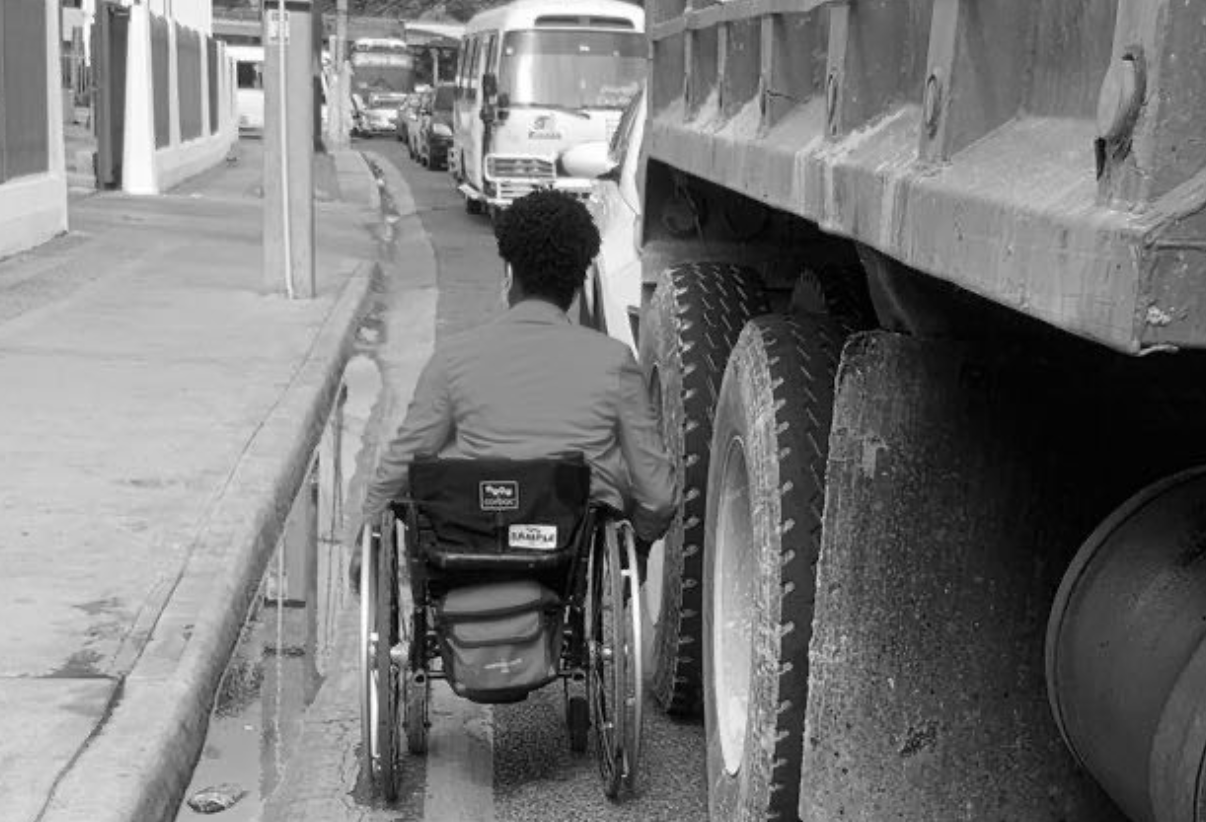
INSTITUTIONAL INTERVENTIONS 2020-2024
Santo Domingo, Dominican Republic
Between 2020 and 2024, Noa Batlle carried out institutional interventions that placed accessibility within the civic and political frameworks of the Dominican Republic. The COVID-19 crisis—when isolation most severely impacted people with disabilities and older adults—became the catalyst for action. As an artist who had been working on accessibility for years, Batlle proposed the creation of a Department of Inclusion and Accessibility at the Mayor’s Office of Santo Domingo—an idea that became reality and has since been replicated in other municipalities. The department was recognized with the golden RD Incluye, the highest award granted by the National Disability Council in partnership with the United Nations.
Within the Central Electoral Board (Junta Central Electoral, JCE)—the national authority responsible for organizing elections and administering the civil registry—Batlle pushed and initiated the institution’s first Inclusion Committee in 2020. This process established the JCE’s first accessibility policies and resulted in the most inclusive electoral process in Dominican history during the 2024 elections.
In 2023, Batlle represented Santo Domingo at the United Nations General Assembly, where the city became the first in the Caribbean to sign the Global Compact on Accessible Cities.

The Department of Inclusion emerged during the COVID-19 crisis, when isolation exposed the systemic abandonment of disabled people and older adults. Conceived as an emergency apparatus, it functioned simultaneously as an intervention into bureaucracy itself, bending municipal structures toward bodies historically excluded. Every social, health, and community program of the city hall was reframed through the lens of accessibility.

One of Santo Domingo’s busiest intersections once materialized the violence of design: a civic artery impossible to cross for anyone on wheels. The Department of Inclusion, led by artist Noa Batlle, treated this site as both symptom and medium—an intervention where institutional frameworks became tools for reconfiguration. The transformation of the intersection, achieved through bureaucratic negotiation and collective insistence, displaces the notion of accessibility from technical adjustment to civic imagination: the re-writing of how bodies are allowed to circulate in the city.

As part of the Department of Inclusion, Batlle worked with students to inscribe educational signage directly onto one of the city’s most dangerous crossings, where cars drive at reckless speeds. These interventions addressed both disability and childhood, marking pedestrian zones with instructions that insisted on care—cross only when cars have stopped. This initiative operated as pedagogy in public space, transforming traffic infrastructure into a site of collective learning and accessibility.

Installed at one of Santo Domingo’s busiest intersections—recently reconfigured for accessibility—this monument marks the recognition of Dominican Sign Language with the passage of Law 43-23 in 2023. Conceived and insisted upon through the Department of Inclusion led by artist Noa Batlle, the work treats public space as a site of civic inscription. The hands form the signs “S” and “D” in Dominican Sign Language—Santo Domingo—asserting that the city also belongs to the Deaf community, and honoring their long struggle to have their language acknowledged at the civic scale.

This image documents the historic agreement between the Mayor’s Office of Santo Domingo and the Central Electoral Board, establishing a collaboration to address accessibility in national elections. Through the Department of Inclusion the municipality assumed a guiding role, advising the country’s highest electoral authority on how to dismantle barriers for disabled and older voters, repositioning accessibility not as accommodation, but as a condition of democracy itself.